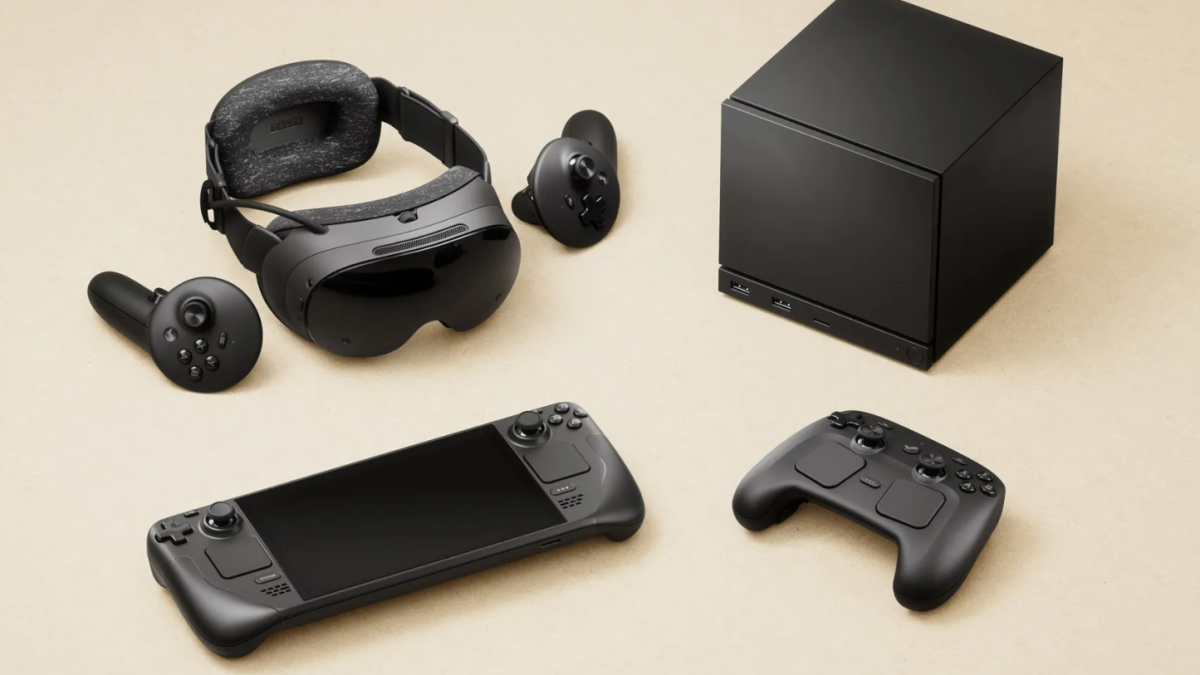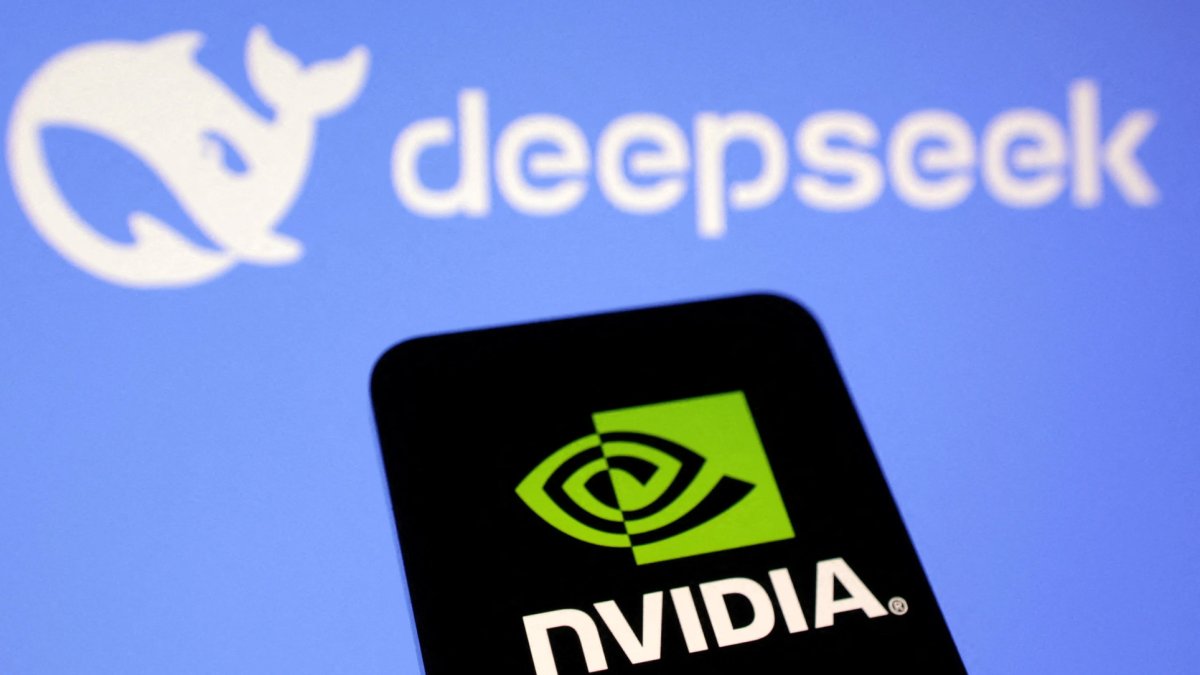Valve Reinvents Its Hardware Ecosystem with Steam Machine, Steam Controller and the Steam Frame
Valve has officially unveiled its most ambitious hardware lineup to date, marking a bold return to the living room and beyond. With the announcement of the new Steam Machine, a redesigned Steam Controller, and the immersive Steam Frame headset, the company is positioning itself to deliver a cohesive, flexible gaming ecosystem powered by SteamOS.
Steam Machine: PC Power Meets Console Simplicity
The new Steam Machine is Valve’s latest attempt to merge the flexibility of PC gaming with the convenience of a home console. Unlike its predecessor from 2015, which failed due to fragmented hardware and lack of developer support, this new iteration is a unified, purpose-built device developed entirely in-house by Valve.
The compact unit houses a semi-custom AMD chipset, featuring a 6-core, 12-thread Zen 4 CPU and a RDNA 3 GPU with 28 compute units. This setup is expected to outperform the Steam Deck by a wide margin, targeting 4K resolution at 60 frames per second, with support for ray tracing and AMD’s FidelityFX Super Resolution. The system will be available in two storage configurations: a 512 GB NVMe version and a larger 2 TB model, with expansion possible via microSD.
Connectivity options include HDMI 2.0, DisplayPort 1.4, USB-C, four USB-A ports, WiFi 6E, and Bluetooth 5.3. SteamOS runs the show, providing a console-like user interface optimized for TV use. A “Steam Machine Verified” label will help gamers understand how well each title performs on the system, similar to the Steam Deck’s compatibility rating.
While Valve hasn’t announced pricing yet, the Steam Machine is slated for release in early 2026. This positions it squarely against mid-cycle console refreshes from Sony and Microsoft, with the added benefit of full PC openness and flexibility.
Steam Controller: Refined for Modern PC Gaming
Valve is also reviving the Steam Controller with a new design aimed at addressing past shortcomings while building on its unique strengths. The original was beloved by a niche audience for its trackpads and mouse emulation but was criticized for its unusual ergonomics and learning curve.
The new Steam Controller keeps the core philosophy intact—enabling a wide range of control styles including traditional gamepad inputs and precise cursor control—but refines the layout and build for broader appeal. It’s fully integrated with SteamOS and Big Picture Mode, and designed to be the go-to controller for all devices in Valve’s ecosystem, including the Steam Machine, Steam Deck, and Steam Frame.
The controller will ship bundled with the Steam Machine and be sold separately for those who want to upgrade their existing setup. Valve aims to provide a seamless experience, whether you’re playing a game designed for controllers or navigating a UI that usually requires a mouse.
Steam Frame: Immersive Gaming Beyond VR
The most surprising announcement was Steam Frame—a wireless, standalone headset that functions as both a VR device and a streaming hub for your Steam library. Unlike traditional VR headsets tethered to a PC, Steam Frame features built-in processing capabilities thanks to an ARM-based chip, allowing it to run lighter games natively or stream more demanding titles from your PC or Steam Machine.
Each eye gets a resolution of 2160×2160, with high refresh rates and inside-out tracking. No external sensors are needed. A new 6GHz low-latency wireless protocol ensures smooth game streaming, whether you’re immersed in a VR environment or playing non-VR games on a massive virtual screen.
Valve has designed the Steam Frame to not only replace your VR headset but also act as a personal gaming display. Whether you’re lying on the couch or sitting on a train, the device provides a fully immersive way to access your games.
A Unified Vision for the Future of Gaming
With the Steam Machine, Steam Controller, and Steam Frame, Valve is no longer dabbling in hardware—it’s building an interconnected ecosystem. All three devices run on SteamOS or a variation of it, enabling a seamless user experience across platforms. Game progress, library access, settings, and even save states could theoretically follow you from device to device.
This push comes at a time when the traditional boundaries between PC, console, and handheld gaming are blurring. The success of the Steam Deck proved there’s a market for Valve hardware done right. Now, with lessons learned and better software tools (like Proton), Valve is doubling down.
However, several key questions remain. Pricing will be critical—if the Steam Machine or Steam Frame are too expensive, mass adoption may be difficult. Developer support and optimisation are also crucial, particularly for the new controller and VR headset. And messaging will matter more than ever: consumers need to understand what these devices do and how they fit into their gaming lives.
Still, if Valve executes well, this new ecosystem could become the most compelling alternative to the traditional console duopoly. It offers freedom, power, and a unified platform—all without locking players into a walled garden.
As we look toward 2026, Valve’s hardware comeback is shaping up to be one of the most exciting developments in the gaming world. Whether you’re on the couch, in VR, or gaming on the go, Valve wants to meet you there—with Steam in hand.



